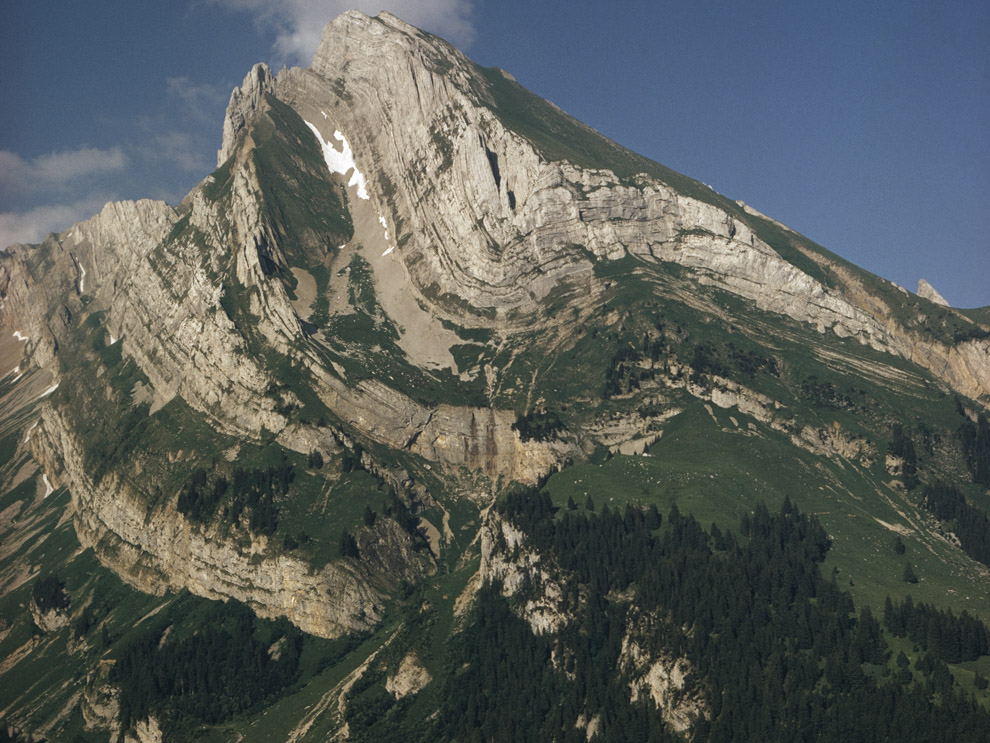Why are fold mountains found along the west coast of many continents?

Why are fold mountains found along the west coast of many continents?
Fold mountains are typically found along the west coasts of many continents due to the presence of active tectonic plate boundaries, specifically convergent boundaries where oceanic and continental plates collide.
This process leads to the formation of fold mountains through a mechanism called orogeny, which involves the folding, faulting, and uplifting of the earth’s crust.
Here’s a more detailed look into the reasons:
1. Tectonic Plate Interactions
- Convergent Boundaries: Along the west coasts of continents like North America and South America, the oceanic plates (such as the Pacific Plate) are subducting beneath the continental plates (such as the North American Plate and the South American Plate). This subduction leads to intense pressure, heat, and material movement, causing the crust to buckle and fold upward, forming mountain ranges.
2. Geological Processes
- Folding and Faulting: The immense forces generated by the tectonic movements cause the rocks to fold, creating anticlines (upward arching folds) and synclines (downward trough-like folds). Alongside folding, faulting occurs where the crust breaks and shifts. Together, these processes elevate the land surface, resulting in mountain ranges.
- Uplift and Erosion: Over millions of years, these folded structures can be uplifted further due to tectonic forces. Erosion caused by weather and rivers also shapes these mountains, exposing the folded structures.
3. Examples of Fold Mountains
- The Andes Mountains: Running along the west coast of South America, the Andes are a classic example of fold mountains formed by the subduction of the Nazca Plate beneath the South American Plate.
- The Rockies: While predominantly considered block mountains, parts of the Rocky Mountains in North America were also formed by similar processes related to the subduction of the Pacific Plate.
The consistent pattern of fold mountains along the west coasts is thus primarily due to these dynamic and powerful geological processes at the convergent plate boundaries. This setup facilitates the ongoing creation of some of the world’s most prominent and geologically young mountain ranges.
Which Continents Contain Folded Mountains?
Folded Mountains: Fold mountains are found on every continent. For instance, in Asia, the Himalayas, which include some of the world’s highest peaks, are a prime example. In Europe, the Alps traverse multiple countries and are crucial to the continent’s geography. North America features the Rocky Mountains and the Appalachian Mountains, while South America is home to the Andes, one of the longest mountain ranges in the world. Africa has the Atlas Mountains in the northwest, and Oceania features the Southern Alps in New Zealand.
What is the Importance of Fold Mountains?
Importance of Fold Mountains: Fold mountains are significant for several reasons:
- Biodiversity: They are hotspots of biodiversity, supporting a wide range of flora and fauna, some of which are endemic to these regions.
- Water Resources: Many of the world’s major rivers originate from these mountains, providing essential water supplies for agriculture, drinking, and power generation.
- Economic Benefits: Fold mountains attract tourists and are pivotal for activities like hiking, skiing, and climbing, contributing to the local and national economies.
- Mineral Resources: These mountains often contain valuable minerals and are sites for mining activities, providing resources such as coal, iron, gold, and more.
Why Are There Fold Mountains, Volcanoes, and Earthquakes in Italy?
Geological Activity in Italy: Italy’s complex geology includes fold mountains, volcanoes, and frequent earthquakes due to the convergence of the Eurasian Plate and the African Plate. This tectonic interaction results in:
- Fold Mountains: The Apennines, which run through the length of Italy, are primarily fold mountains created by the compression between the two plates.
- Volcanoes: Volcanic activity is prevalent, particularly in Southern Italy and the islands of Sicily and Sardinia, due to subduction processes associated with the African Plate moving under the Eurasian Plate. Famous volcanoes include Mount Vesuvius and Mount Etna.
- Earthquakes: The tectonic movement also makes Italy one of the most seismically active areas in Europe, with significant earthquakes resulting from the stresses and strains within the Earth’s crust.
Are There Fold Mountains in South Africa?
Fold Mountains in South Africa: Yes, South Africa is home to the Cape Fold Belt, located along the southern edge of the country. These mountains are primarily composed of folded sedimentary rocks and were formed during the Paleozoic era. The Cape Fold Belt affects the geography and climate of the region, contributing to the unique biodiversity and the creation of microclimates suitable for various types of agriculture, including the renowned vineyards of the Western Cape.
